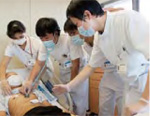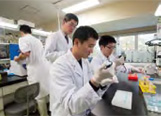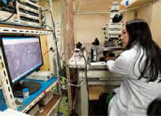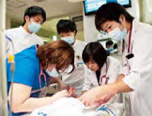School of Medicine
Education method, lecture overview
Curriculum
The characteristic curriculum of the School of Medicine involves labs, including early exposure, various basic and professional labs, clinical training, and clinical clerkship.
For the early exposure program, students can experience medical practice primarily by observation soon after admission. For clinical clerkship, students are involved in actual clinics under the supervision of physicians to prepare themselves as doctors after completing most of the medical courses.
After graduating and passing the national examination for medical practitioners, graduates complete primary clinical training for 2 years. At Hirosaki University Hospital, various training programs are offered to meet the needs of the trainees. From the 3rd year after graduation, they may enroll in the graduate program to obtain further clinical experience while conducting research. In addition, they may continue specialized clinical training.
Medical education course
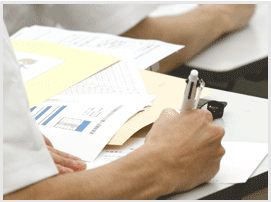
Since 2010, the School of Medicine accepts 20 bachelor transfer students, who start in the 2nd year.
Students from general and AO entrance examinations complete 6 years of unified education as in the past. On the other hand, bachelor transfer students start in the 2nd semester of the 2nd year and complete in 5 years.
Liberal arts educational courses
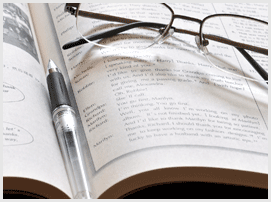
Our mission is to produce people with advanced professional knowledge who are also well educated. Courses in the liberal arts are taught in the 1st year. The courses in liberal arts counses include English communication practie, information basics, science basics, cultured subjects, local subjects and global subjects.
Major courses
【Major basic courses】
Major courses consist of major basic courses and major courses, starting in the 1st year. In the basic human science lab, students rotate basic medicine lectures and department to learn human biology from the 1st year, while becoming familiar with faculty members in the basic medicine department at the School of Medicine. In addition, clinical practice is offered from the 1st year, and students make contact with patients in clinical departments at the university hospital as well as visit hospitals and facilities in and around Hirosaki for early on-site learning as introduction to clinical medicine.
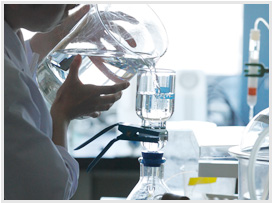
| Major basic courses |
| Medical English Ⅰ、Ⅱ、Ⅲ |
| Medical statistics |
| Basic human body science lab |
| Introduction to clinical medicine lab |
| Clinical hands-on training |
| Medical principles Ⅰ、Ⅱ |
| Medical risk management |
| Tutorial |
【Major courses】
Basic medicine courses
Major courses start in full swing in the 2nd year. Basic medical courses, such as those listed in the table on the right, are taught in a way that students can learn from lectures and labs, which continues until the 3th year. During this period, the 3rd-year students are assigned to labs in different courses for lab training, as an opportunity to be exposed to research.
Clinical medicine courses
Clinical medicine courses start in the 3rd year, and the 4th-year students take lectures of each system intensively. Prior to clinical training in the 5th year, basic academic knowledge necessary for clinical training is assessed nationally by common achievement tests (CBT: Computer-Based Tests) and Objective Structured Clinical Examination (OSCE). On clearing these tests, students can start clinical rotations at clinics and affiliated hospitals and learn hands-on with patients under clinical clerkship. Comprehensive examination is conducted in the 2nd semester in the 6th year. After that, students will study less-experienced fields and prepare for the national examination for medical practitioners.
| Major courses | Course year | |
| Core courses | General medicine | 2rd and 4th years |
| Normal structure of each organ in the human body, pathological condition, diagnostics, and treatment | 3rd and 4th years | |
| Physiological changes, pathological condition, diagnostics, and treatment | 3rd year | |
| Physiological changes, pathological condition, diagnostics, and treatment | 3rd and 4th years | |
| Medicine, healthcare, and society | 4th year | |
| Development courses | 3rd,4th,and 6th years | |
| Labs | Comprehensive basic medicine lab A,B | 2rd year |
| Human body anatomy lab | 2rd year | |
| Histology lab | 2rd year | |
| Pathology lab | 3rd year | |
| Brain anatomy lab | 3rd year | |
| Society medicine lab | 6th year | |
| Diagnostic skills labⅠ,Ⅱ(OSCE) | 4th, 6th year | |
| Clinical trainingⅠ | 5th year | |
| Clinical trainingⅡ (Clinical clerkship) | 6th year | |
| Comprehensive practiceⅠ(CBT) | 4th year | |
| Comprehensive practiceⅡ(Comprehensive examination) | 6th year | |
| Special courses(Other seminars at labs) | 3rd year | |
